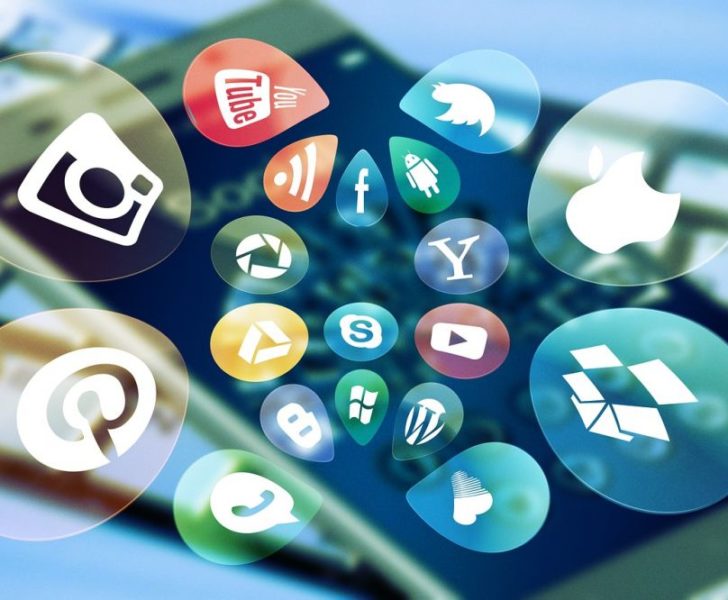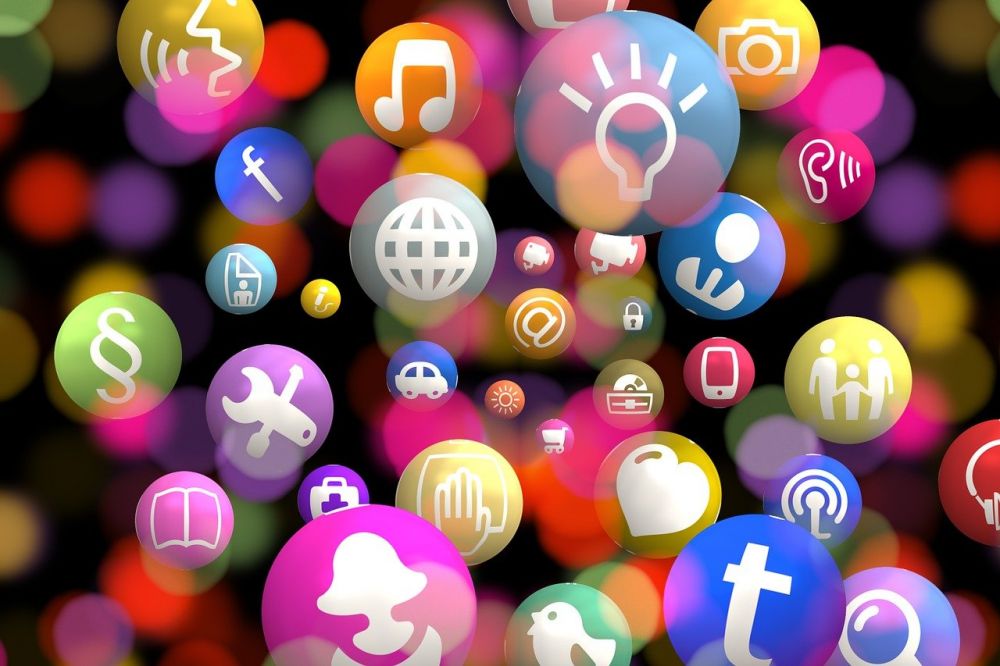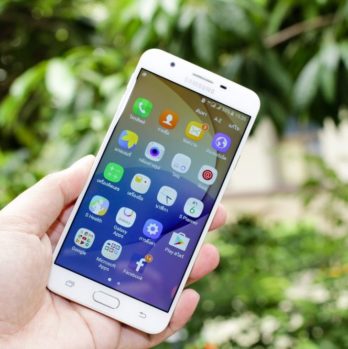Messenger App: A Comprehensive Overview of the Evolution and Importance

Introduction:
A messaging app, also known as a messenger app, revolutionized the way we communicate in the digital era. It allows users to exchange instant text messages, voice notes, images, videos, and even make voice and video calls. This article dives deep into the world of messenger apps, providing a comprehensive understanding of its significance and addressing the interests of tech enthusiasts.
I. The Importance of Messenger Apps:

– Messenger apps have become an integral part of our daily lives, connecting individuals across the globe instantly.
– They offer a convenient and efficient means of communication, enabling real-time interaction with friends, family, and colleagues.
– With features like group chats, file sharing, and voice and video calling, messenger apps facilitate seamless collaboration and enhance productivity.
– The availability of end-to-end encryption ensures privacy and security, reassuring users about the confidentiality of their conversations.
– Many messenger apps offer additional functionalities like payment integration, personalized stickers, and chatbots, enriching the user experience and making them more than just communication tools.
– Messenger apps have also emerged as platforms for businesses to connect with their customers, providing a direct channel for customer support, sales, and personalized marketing.
II. The Evolution of Messenger Apps:
1. Early Beginnings:
– The concept of messaging apps dates back to the early days of the internet when AOL Instant Messenger (AIM) gained popularity in the late 1990s.
– AIM allowed users to exchange messages and files in real-time, setting the stage for subsequent advancements.
2. Mobile Messaging Revolution:
– The launch of BlackBerry Messenger (BBM) in 2005 revolutionized mobile messaging by introducing features like read receipts and real-time status updates.
– The emergence of smartphones paved the way for cross-platform messaging apps like WhatsApp, enabling users to communicate beyond device limitations.
3. Integration with Social Media:
– Facebook entered the messaging space with Facebook Messenger, initially as a feature within the main Facebook app, before becoming a standalone app.
– Other social media platforms like Instagram and Snapchat also introduced integrated messaging features, competing in the messaging space.
4. Embracing Multimedia:
– Messenger apps evolved to support multimedia integration, allowing users to send photos, videos, and audio messages.
– The introduction of voice and video calling further enhanced user experience, enabling face-to-face conversations even when physically apart.
5. Expansion and Innovation:
– Messenger apps expanded their functionalities by introducing features like group chats, location sharing, and self-destructing messages.
– Integration with third-party apps, bots, and AI-powered assistants made messenger apps more versatile, catering to diverse user needs.
III. Optimizing for Featured Snippets:
Structuring the text in a way to optimize its chances of being featured as a snippet on Google requires adopting a reader-friendly format. The following bullet-pointed structure enhances readability and increases the likelihood of a featured snippet:
– Understanding Messenger Apps:
– – Definition and significance.
– – Real-time communication capabilities.
– – Collaborative features and privacy.
– Evolution of Messenger Apps:
– – Introduction with AIM and BBM.
– – Rise of mobile messaging apps.
– – Integration with social media and multimedia potential.
– – Expansion and innovation in functionalities.
– Messenger Apps as Featured Snippets:
– – Factors contributing to featured snippets.
– – Structured headings and content organization.
– – Utilizing bullet points for easier scanning.
Conclusion:
Messenger apps have come a long way from simple text-based messaging to comprehensive communication platforms. Their evolution continues as they adapt to changing user demands and incorporate new technologies. As tech enthusiasts, understanding the importance and historical development of these apps allows us to appreciate their impact on communication and collaboration. So, the next time you fire up a messenger app, remember the rich history behind the convenience it brings to your fingertips.











